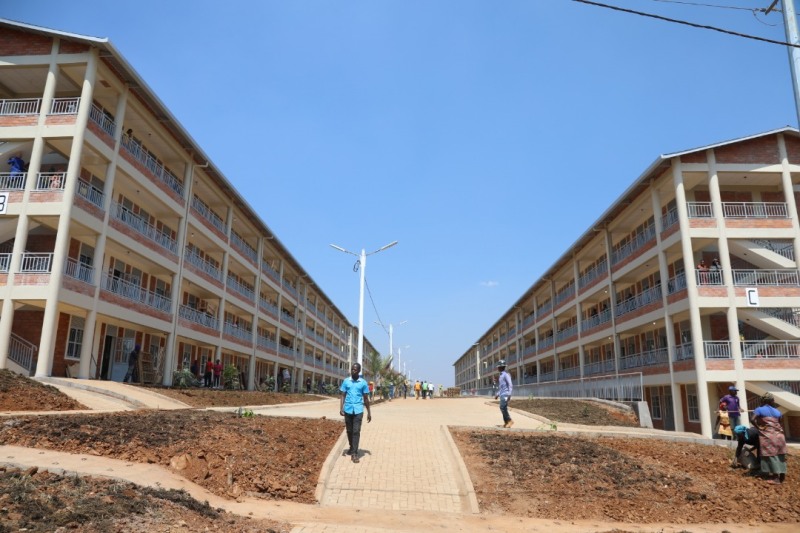
An exciting black Asphalt road is seen right from Nyabarongo River Bridge connecting Rwanda’s capital Kigali to South and Western Provinces.
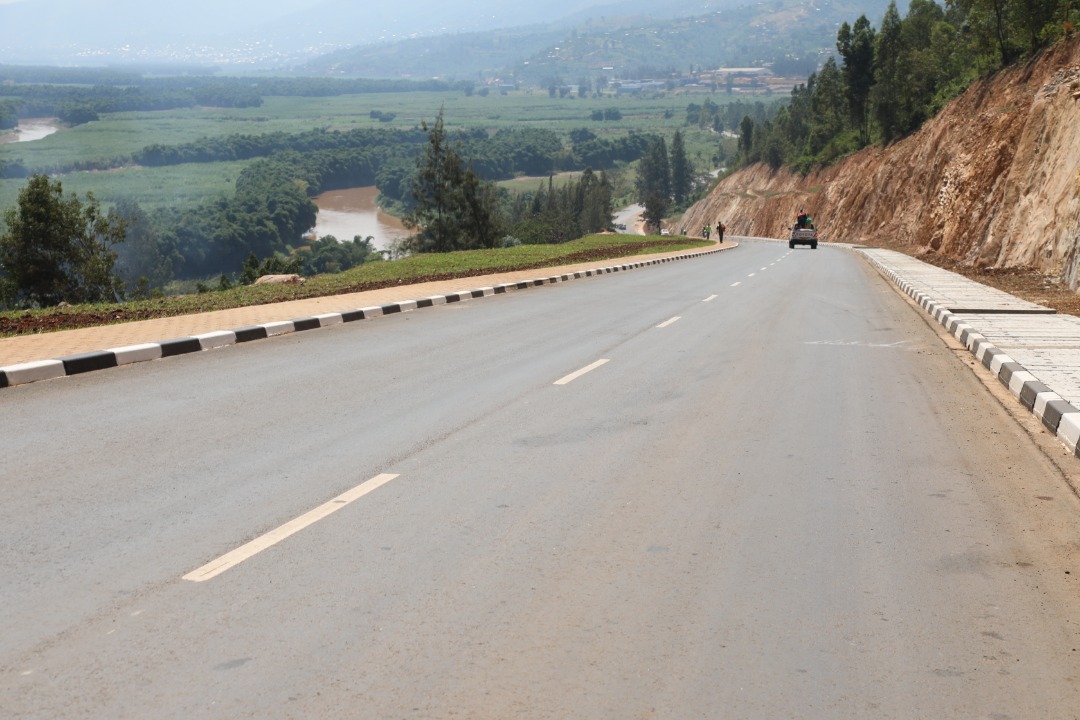
The road, visibly in its final stages, snakes through an upper hill – connecting Gitikinyoni and Nyamirambo in Kigali Sector.
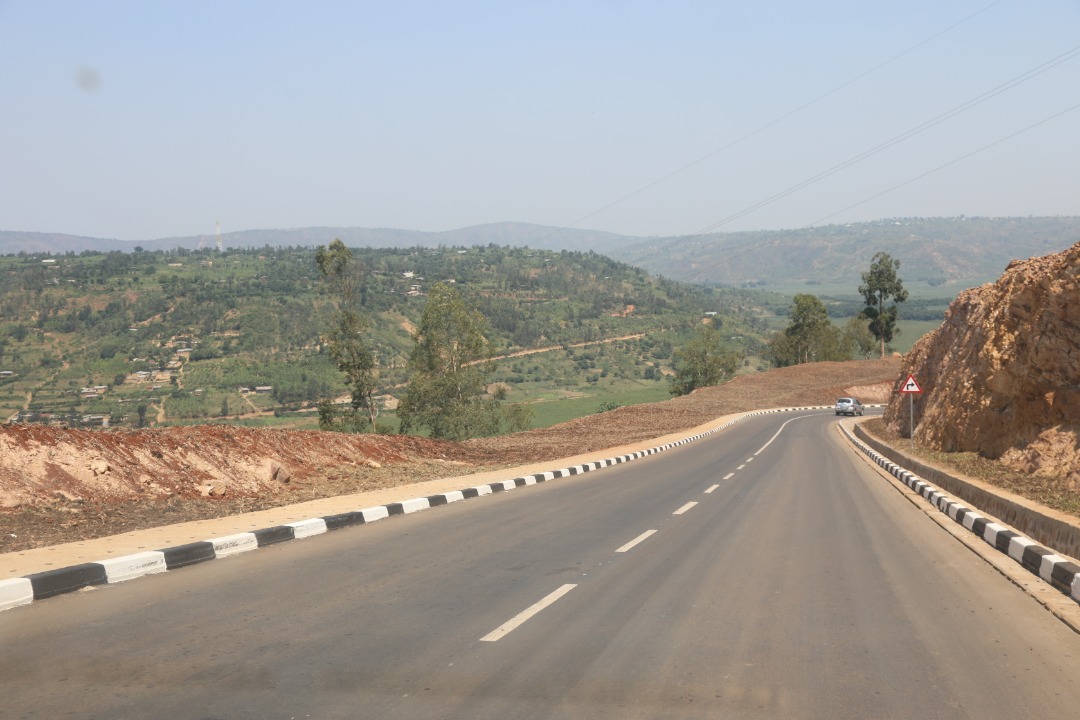
The 7.8km Ruliba-Karama-Nyamirambo navigable road, which meanders through the hilly Kigali sector, provides to users a breath-taking view of the capital Kigali and its neighbouring Runda and Kanyinya sectors.
On the Southern part of the road, one can see part of the magnificent but yellowish Nyabarongo river – the 297km indisputable source of of the Nile, according to a 2006 research findings.
The decision to construct the road came after the need to ease traffic on the Nyabugogo-Gitikinyoni pathway and also create business connections in the area, according to Ministry of Infrastructure.
The latest government policy provides a need to replace murram roads with strong and durable Asphalt ones.
Asphalt road is made of hot Mix Asphalt – a combination of approximately 95% stone, sand, or gravel bound together by asphalt cement which is a product of crude oil.
Eventually, the new policy has been applied at Ruliba-Karama-Nyamirambo route.

Vehicles connecting to Nyamirambo via Gitikinyoni had started using the road.
But a different story appears behind this road. The road connects directly to a multi million dollar Karama village, which will host over 240 vulnerable families and those formerly living in high-risk zones.
The One-Stop-Center village, built in 4-storied blocks, was inaugurated by President Paul Kagame on Wednesday, July 3 ahead of 25th Liberation Day celebrations tomorrow, July 4.
The village is equipped with everything; including food stuffs, a modern market, an Early Childhood Development Center, water and electricity connectivity, and a health post, among others.
On Tuesday evening, KT Press visited the village ahead of official inauguration. Beneficiaries were already enjoying a rest at their new homes.
Inside the buildings, massive cleaning was ongoing, while engineers from Rwanda Defence Force’s Engineering Brigade were busy making final touches on the magnificent village.
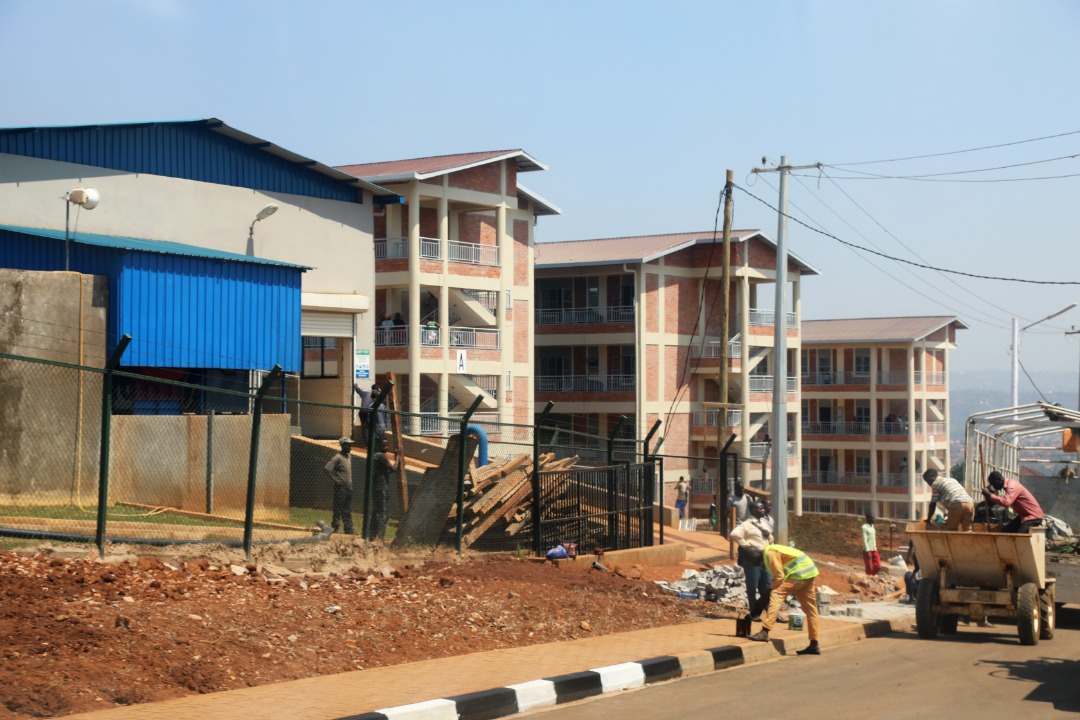
At the village, KT Press found Susane Mukamuhashyi testing modern cooking stove as she was about to prepare food for her three Children.
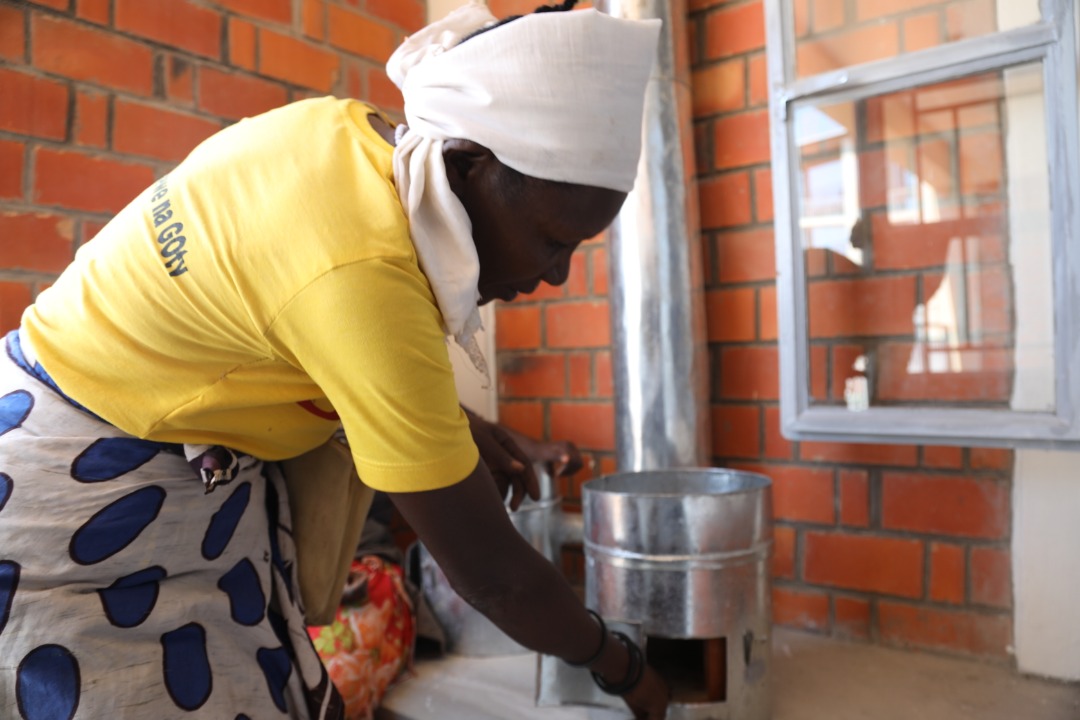
Mukamuhashyi enjoys a cooking stove in the kitchen section of her new house.
“I am excited. I never lived in a house with electricity. This is strange. We thank the government for unmatched support and generosity accorded to us,” she told KT Press.
The houses are in two categories; 12o two-bedroom houses including a dinning room, a toilette, bathroom and a kitchen. The rest are single room houses, a dinning room, toilette and a kitchen.
According to one of the engineers at the site, a two-bedroom house is valued at over Rwf25 million, while a single bedroom house is valued at Rwf19 million – all provided to beneficiaries free of charge.
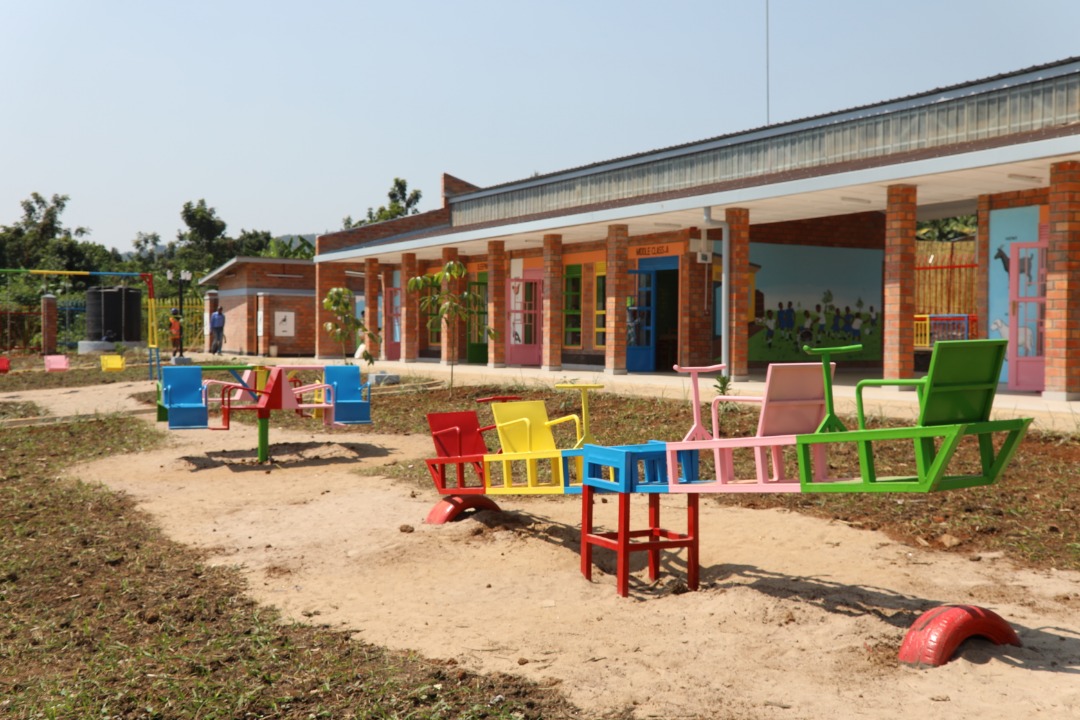
Opposite the village, an Early Childhood Development Center was constructed to provide pre-school knowledge to children.
At this village, a section comprising a secondary school with modern ICT laboratories has been established – to provide further education to children graduating from primary school.
To promote sciences at the village, a Mathematics, Chemistry and Biology section was introduced with a modern laboratory.
Sports facilities including a Basketball and volleyball courts were put in place as part of recreational facilities to help students explore their talents.
To connect the village to internet, a fibre optic internet is being rolled out from the first point of the 7.8km road.
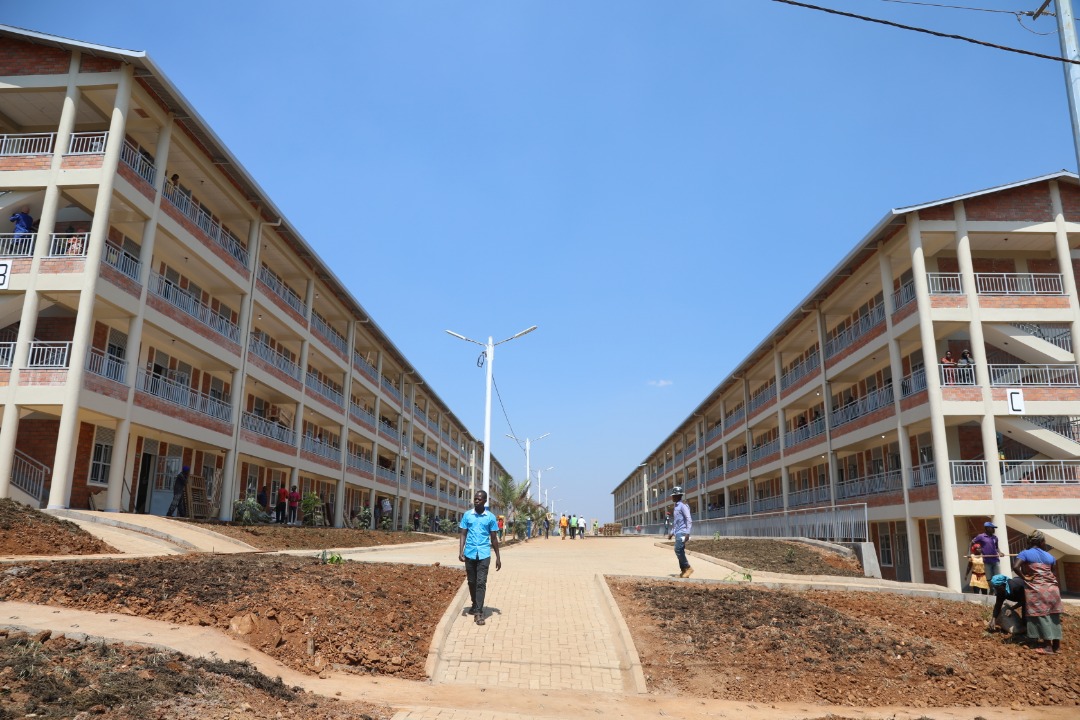
One of the twin blocks
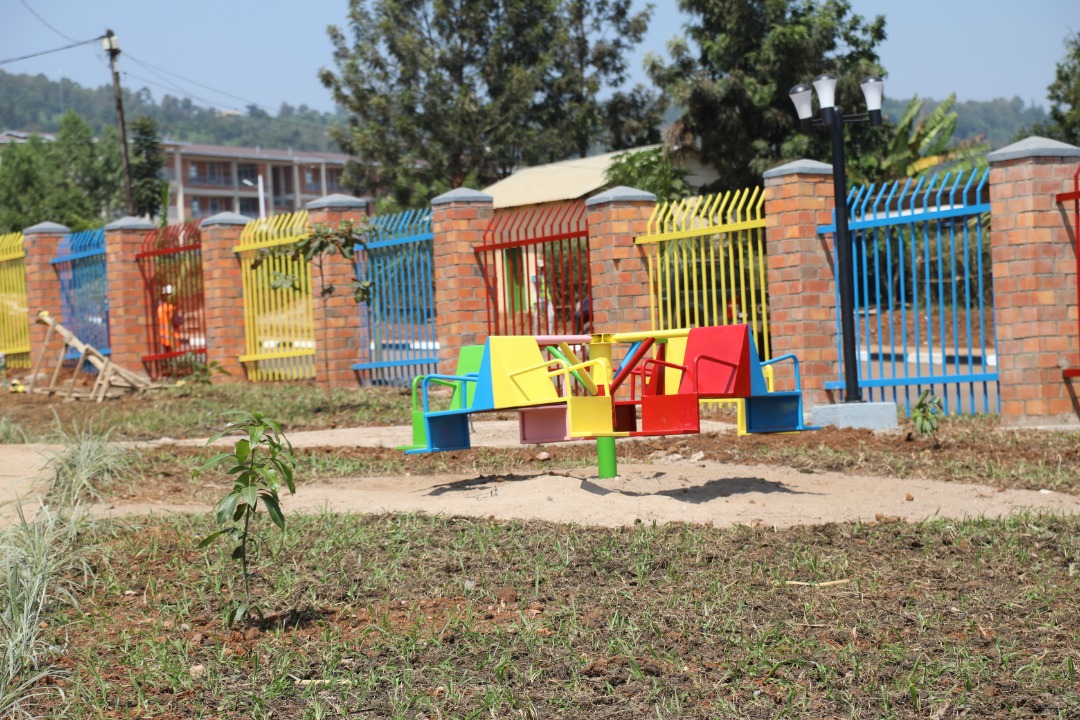
All kindergarten materials including kids plays are available at the ECD Center.
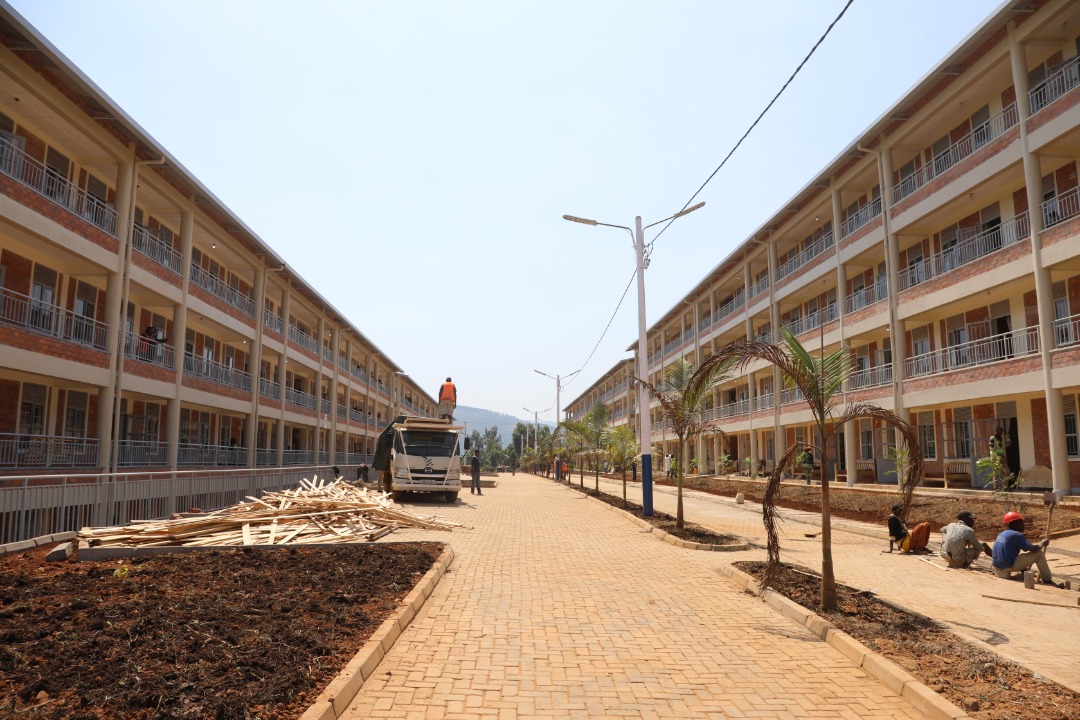
By press time, works were still ongoing to beautify the village.
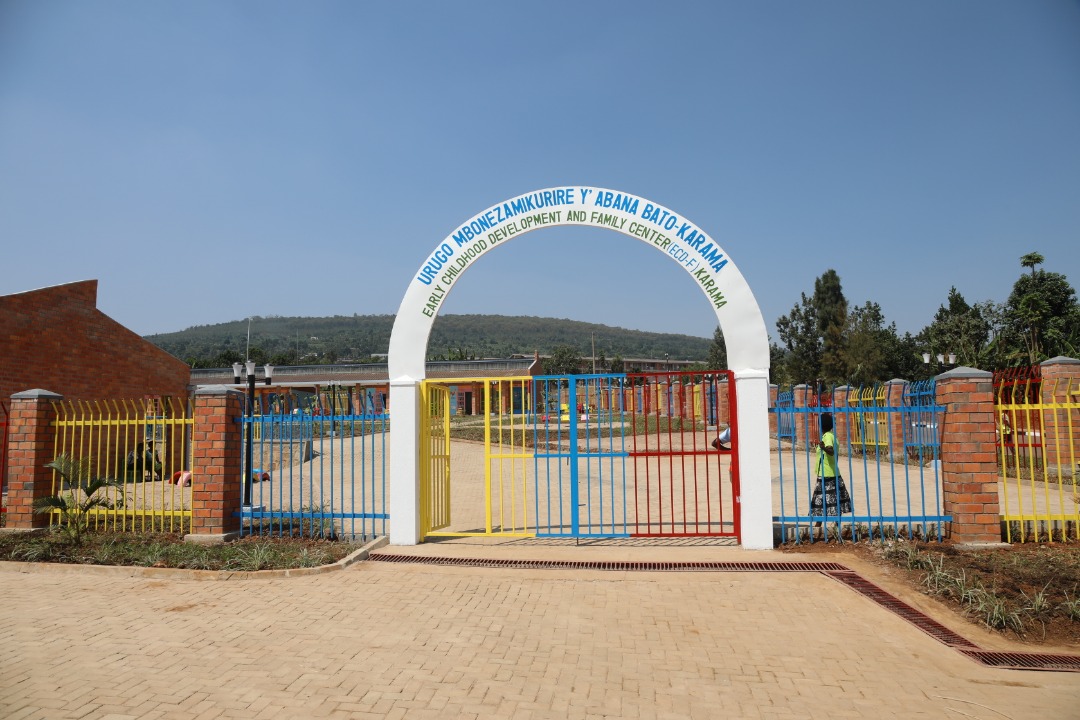
Entry of an ECD Center built at the village.
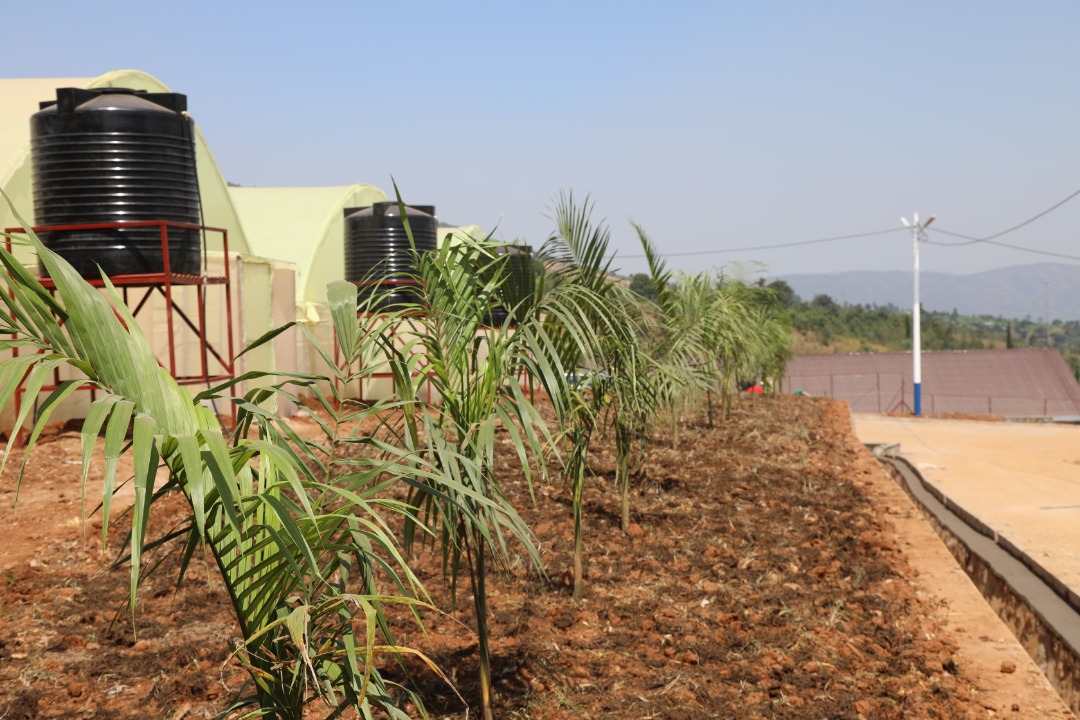
The growing Palm trees will make the village look green.
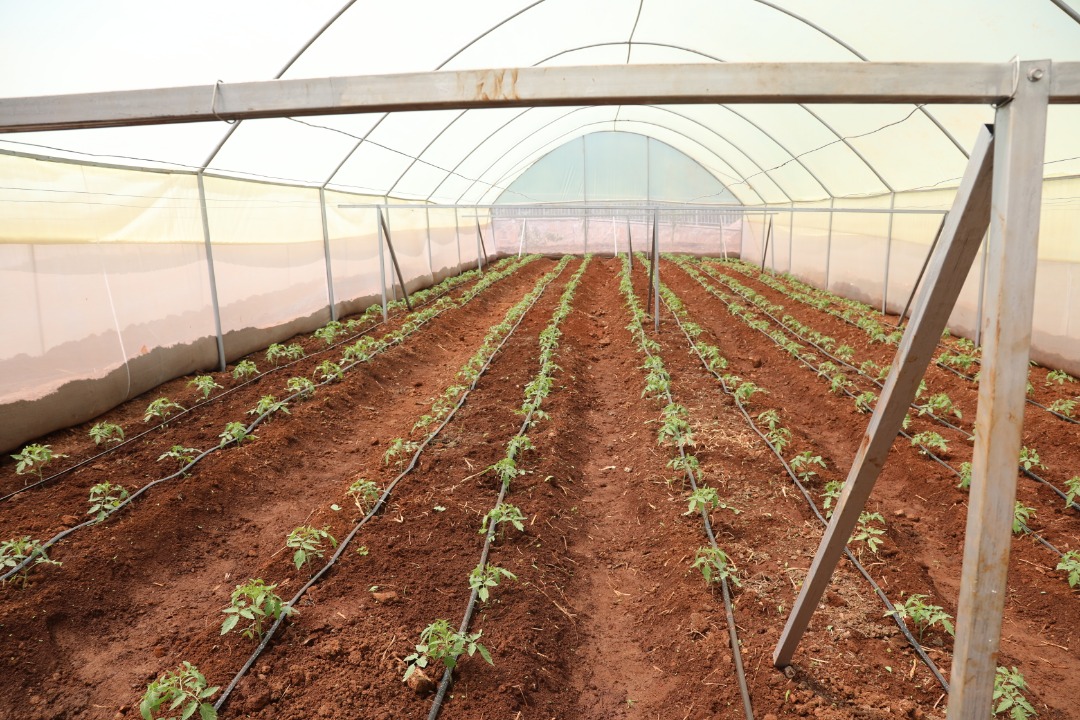
A green house. Part of the projects at Karama village include horticulture activities that will help provide balanced diet to beneficiaries.
Apart from six green houses at the village, beneficiaries will be grouped into cooperatives. A poultry farming with 7500 chicks – expecting to provide over 7500 eggs a day. If you rate one egg at Rwf100 on the retail market, village dwellers would collect Rwf750,000 a day or a monthly revenue of Rwf 22.5 million. This would make the farm generate Rwf270 million a year.
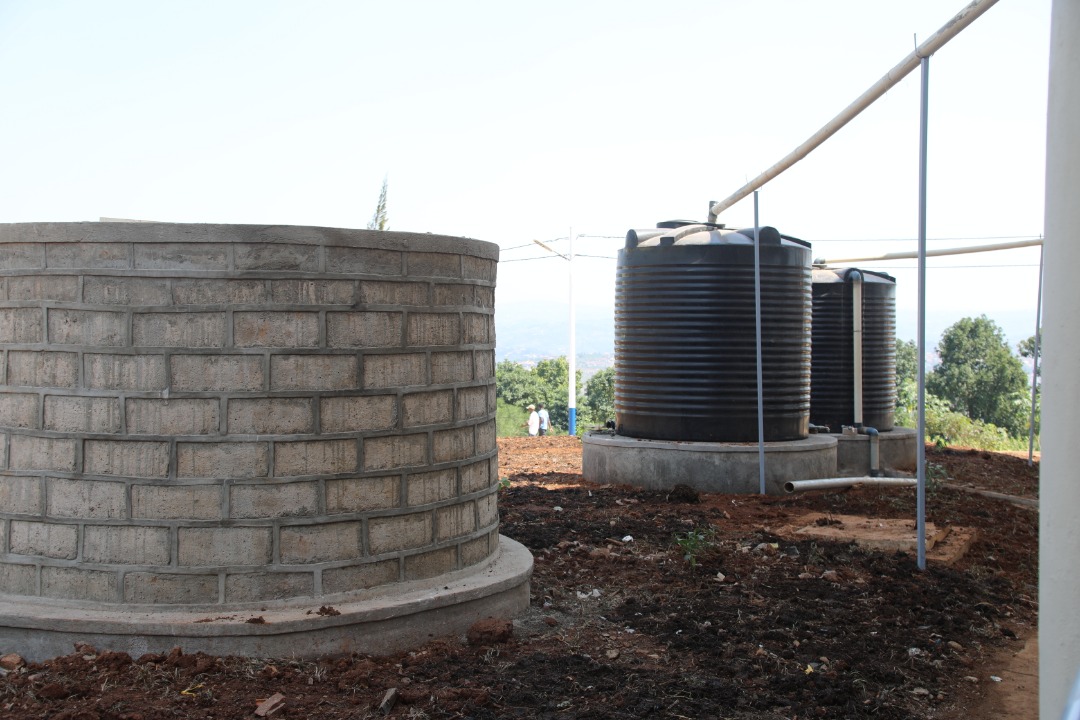
Water tanks at the village.
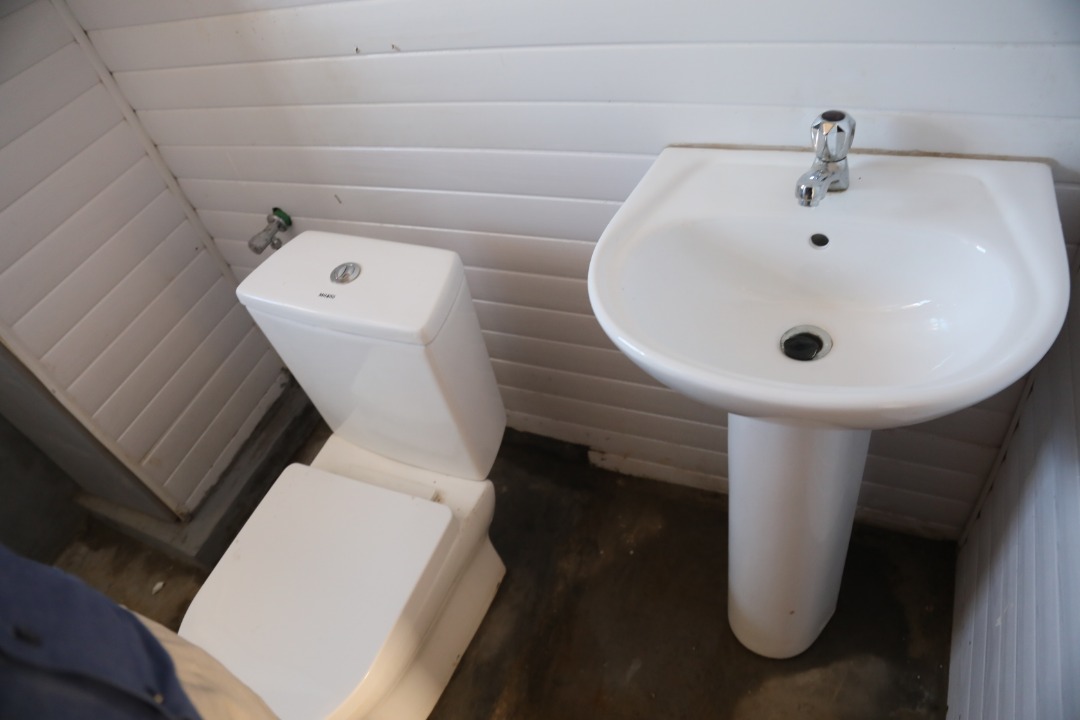
Toilet section inside one of the houses.
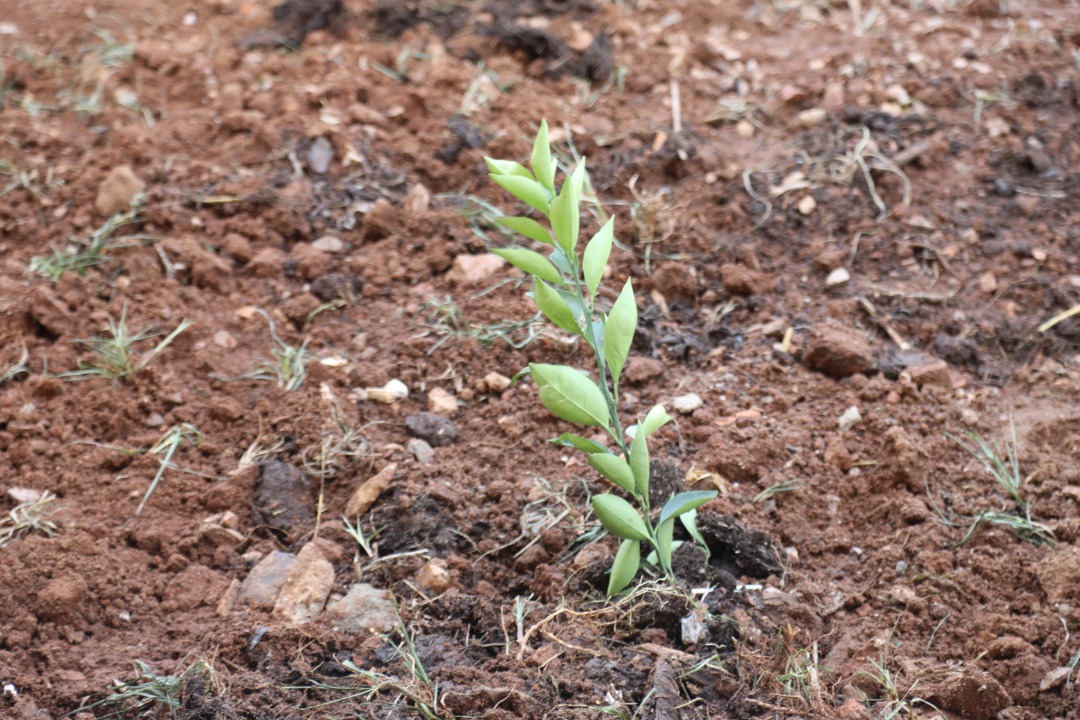
Fruits are part of what will characterise gardens at the village.
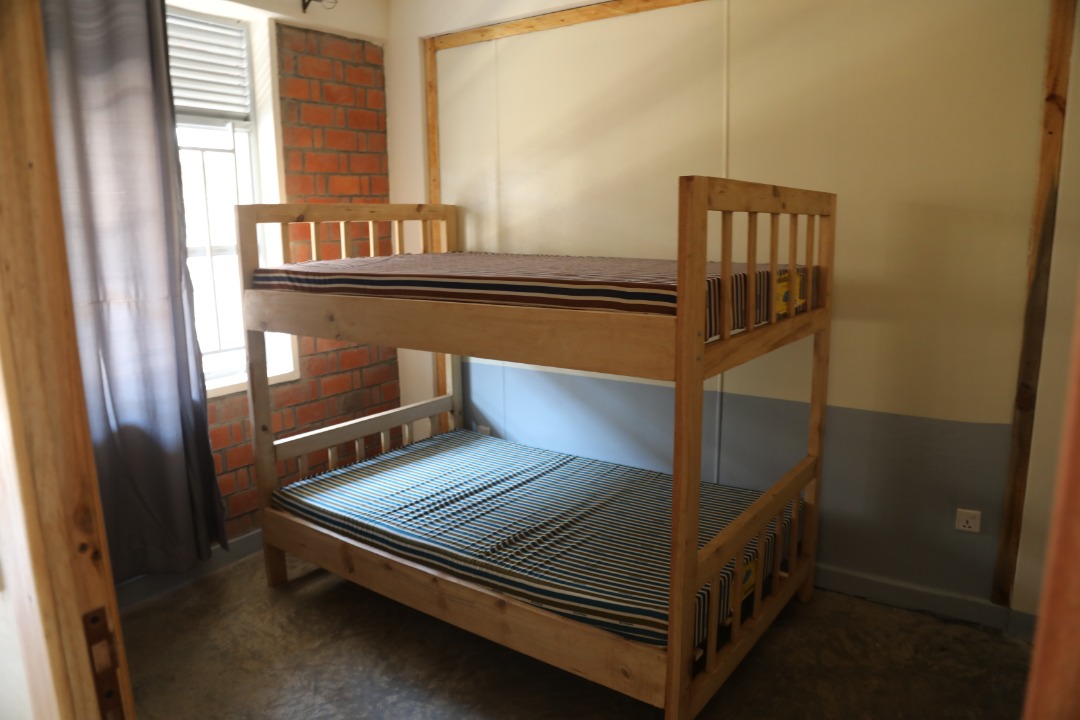
Beneficiaries were given all home materials including beds and mattresses .
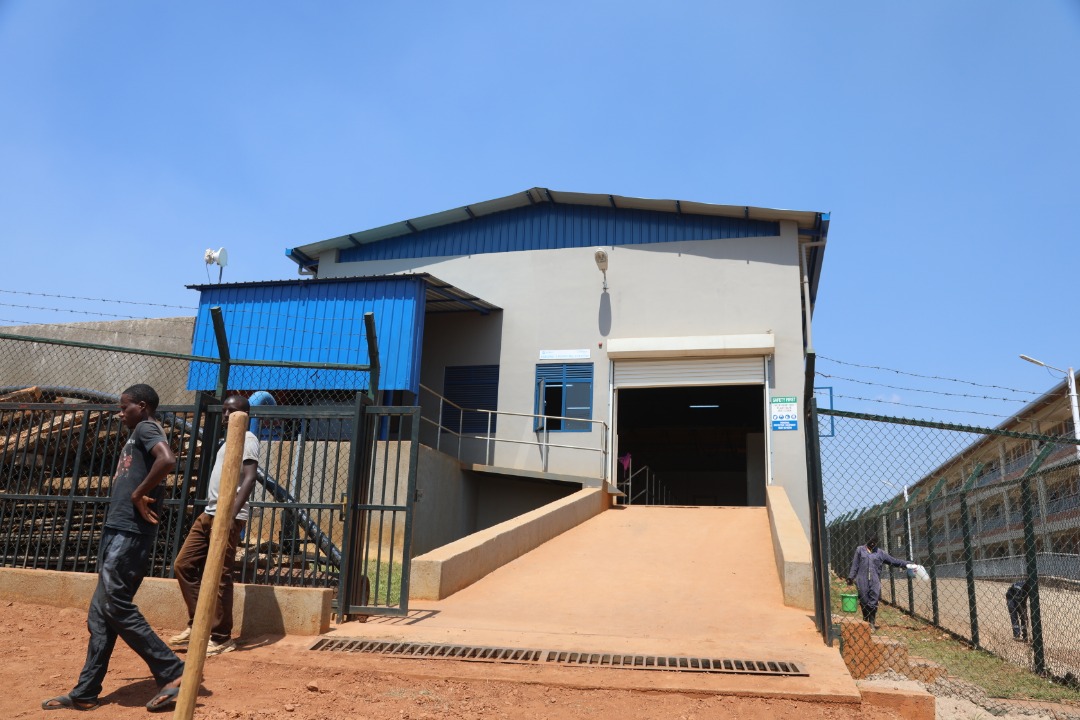
A water pumping house has been established at the village to provide constant water to the village.
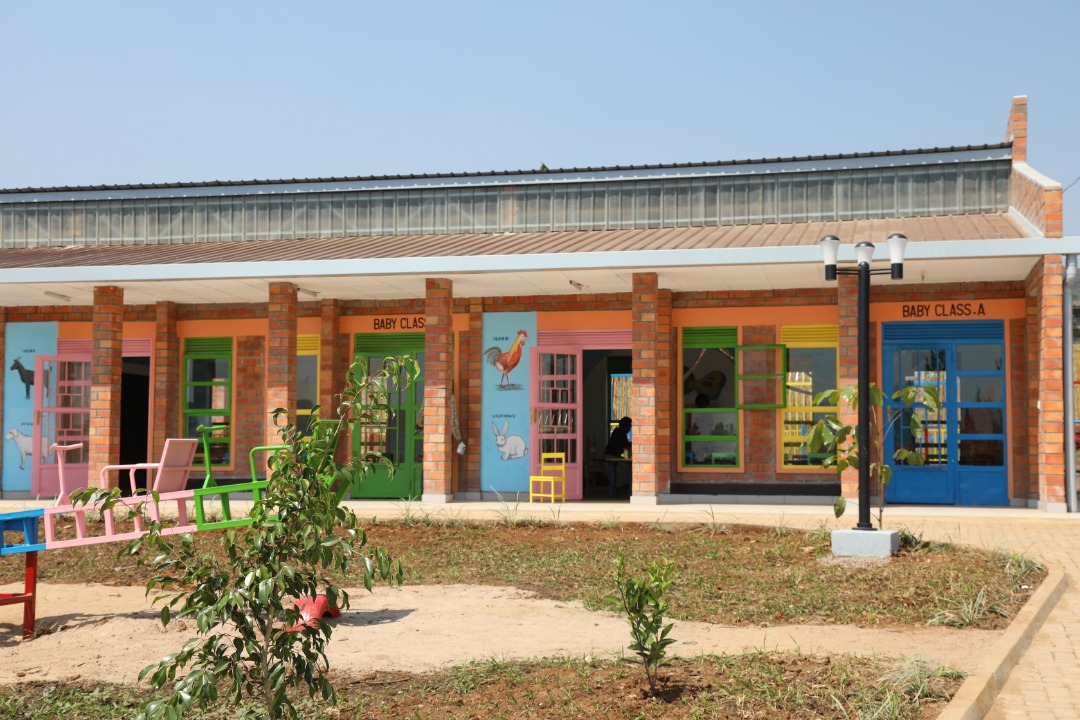
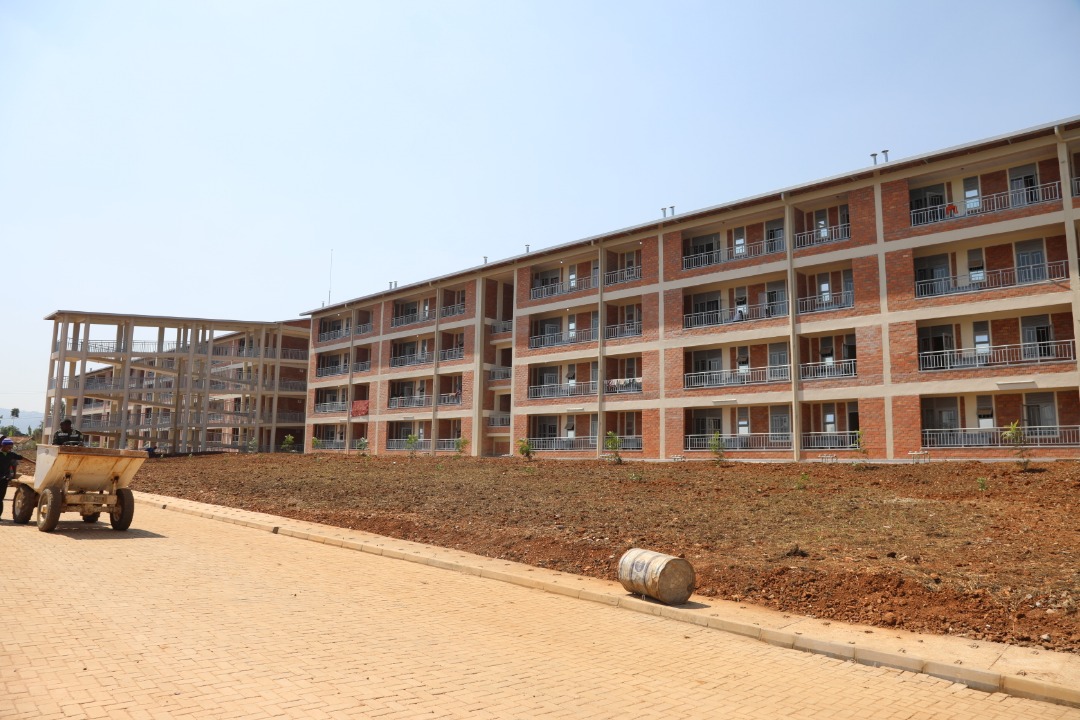
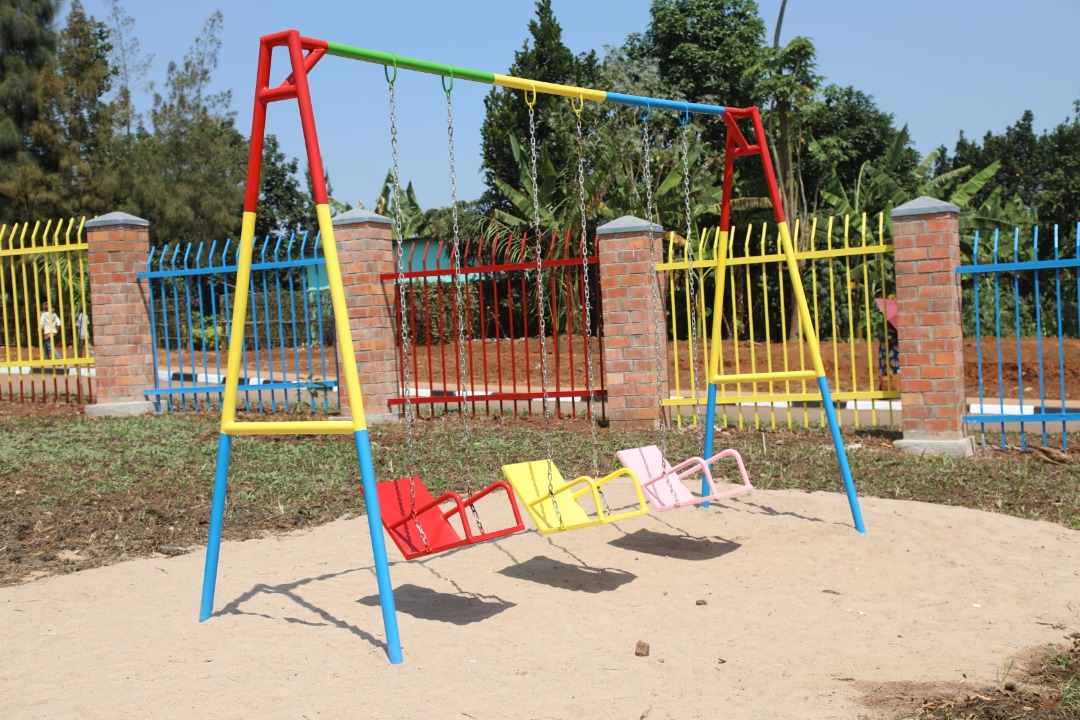
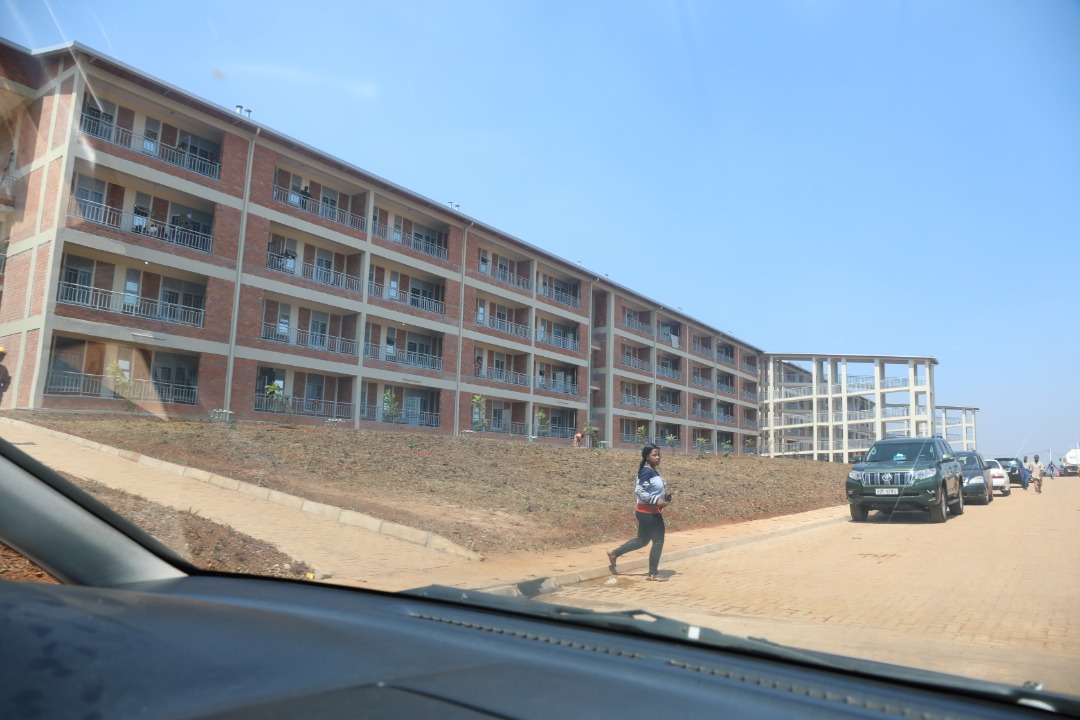
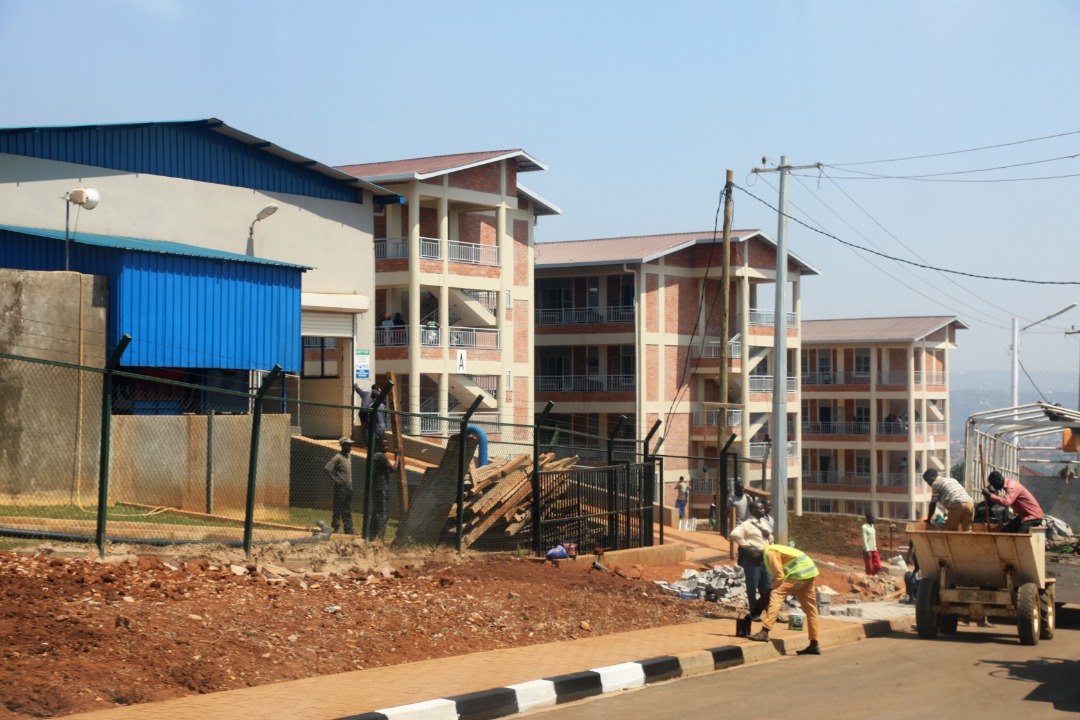
For Susane Mukamuhashyi, 57, “The real fruits of liberation have finally knocked at our doors. Despite my age, i see this village as home to my children for many years to come.”
Photos: Roger Marc Rutindukanamurego

